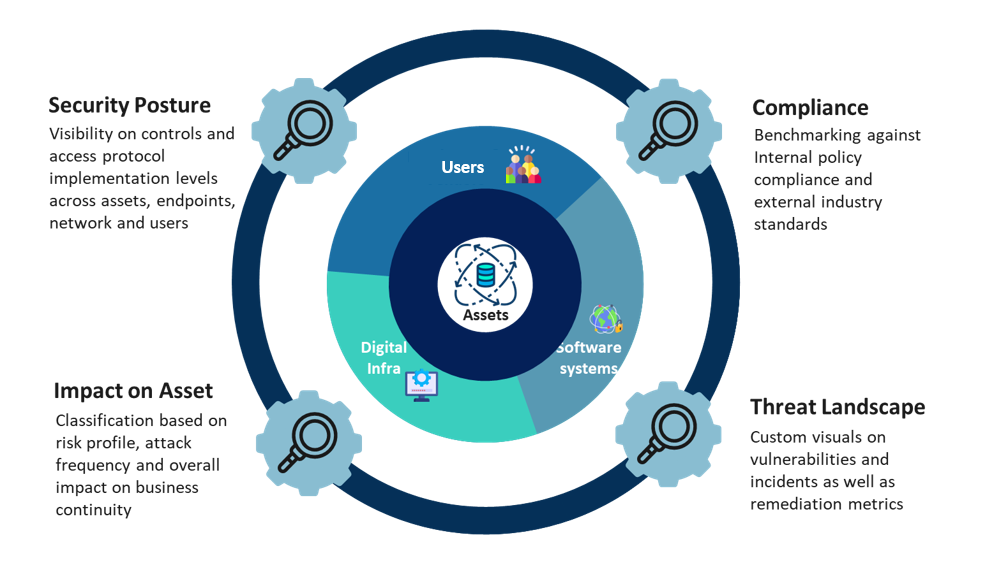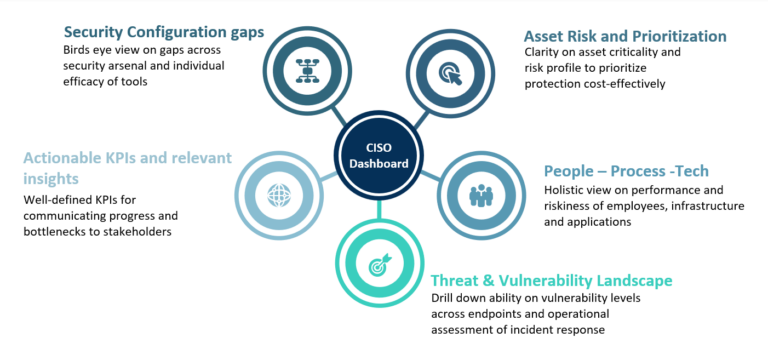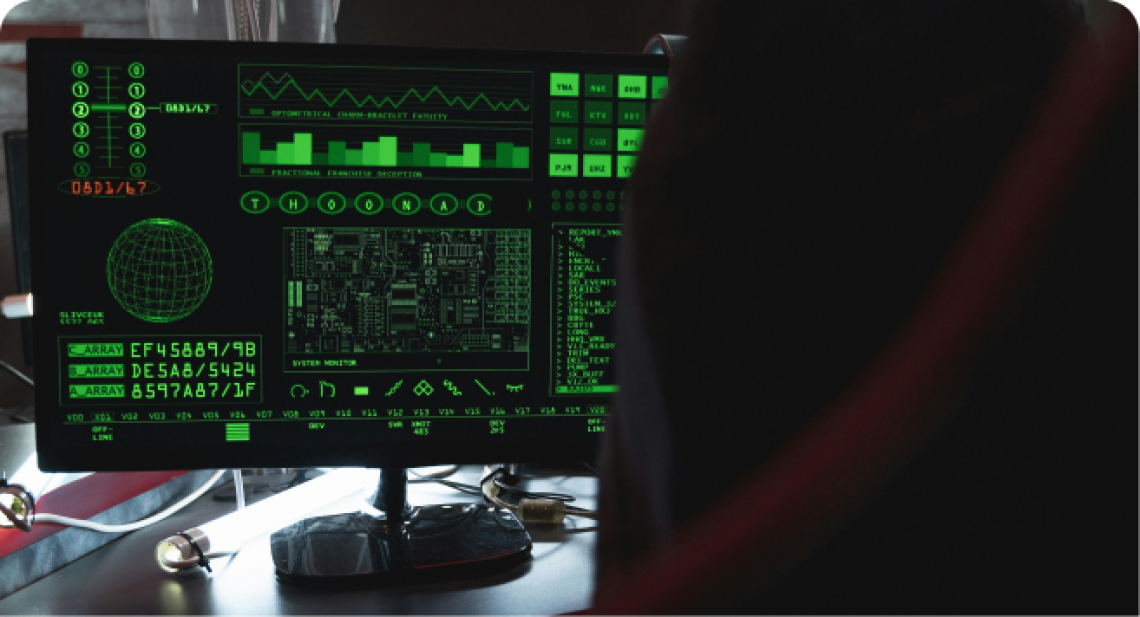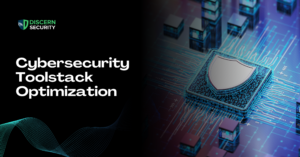Until recently, most companies took a one-size-fits-all approach to defining their cybersecurity risks. Today, businesses rely more than ever on digital infrastructure and with the rise of IoT and SaaS, there is an uptick in risky endpoints and vulnerabilities, exposing companies to a variety of unprecedented cyber threats. Naturally, today CISOs face several challenges not only in taking immediate counter-risk measures but also in building a long-term financially viable strategy to manage and mitigate cyber risk in the years ahead. This article aims to highlight several such challenges and examine the role of CISO dashboards in overcoming them.
Here are the top 5 challenges for a CISO
1. Managing information overload
Perhaps the biggest concern for a CISO is gauging only the essential information from a pool of technologies and databases. Cybersecurity reporting is often unstructured with various data sources that tend to cause inconsistencies in reporting. While data serves as a key tool to assessing the threat landscape, the sheer volumes of information and information sources often end up masking the most critical gaps in an organization's security posture.
2. Managing an arsenal of cybersecurity tools and assessing their efficacy
Most companies use a range of cybersecurity programs and tools, many of which are often underutilized or lacking in efficacy. Based on a study, 78% of Organizations Use More than 50 Cybersecurity Products to Address Security Issues. Moreover, measuring a tool's performance and maintaining optimal configuration is an ongoing challenge for CISOs, preventing them from realizing the true cost effectiveness of a security tool.
3. Asset Management: Identifying, Inventorying and Assessing Asset Risk
Asset visibility is a foundational security requirement and has a direct impact on capital expenditure and ROCE. While it is often poorly understood or approached, risk assessment of assets enables more efficient resource allocation and facilitates the cost-benefit analysis of individual security measures deployed, therefore preventing companies from over- or under-protecting assets.
The image below depicts key steps in asset management.

4. Managing Human Risk: Employees are often the last line of defence
The risk posed by employees needs to be assessed separately and tackled by employing differentiated security measures. Unclear analysis of human risk can prevent CISOs from identifying negligent groups of users or ineffectiveness of training programs. For a CISO, managing human risk is one of the most powerful ways to anticipate and pre-empt cyber threats.

5. Communicating Risk to Stakeholders
An age-old challenge faced by CISOs is articulating risk through concise visuals and non-technical jargon. By establishing well-defined KPIs and tracking against relevant benchmarks, CISOs can relay the most essential information regarding a company's risk profile, immediate and long-term risks as well as current compliance levels.
From Chaos to Clarity: How Dynamic dashboards eliminate these challenges
The power of dynamic visualizations lies in providing a centralized guide to identifying the most critical risks, decoding an ever-evolving threat landscape, and providing a bird's eye view of the company's security posture and compliance levels. A well-crafted dashboard helps the CISO "recognize" critical risks and vulnerabilities, "analyze" the efficacy of security configurations and "optimize" security measures with active defences.

The top 6 benefits of CISO dashboards
1. Declutters data to focus on the most critical information
All data are created equal, but some data are more equal
The above sentence may ring a bell to those who've read George Orwell's Animal Farm. Though Orwell intended to highlight the dangers of totalitarianism in a fictional dystopian world, today the world of data pledges strict allegiance to this dystopia. Like in the Orwellian world, not all assets are equal when it comes to cyber security, and their value is directly proportional to factors such as sensitivity of the data, impact on business continuity, system dependency and regulatory requirements.
Dashboards acknowledge this reality and bring forward the most relevant information regarding cyber security risks and performance. They guide the CISO by bringing clarity in data and providing direction to enable structured decision making.
2. Slice and Dice to uncover risks adaptively.
Dynamic dashboards enable CISOs to customize and populate new dashboards that can be tailored to address changing digital and threat landscapes. Flexibility to customize visuals enables pattern recognition and generates insights on specific areas of interest, improving efficiency in security implementation.
3. 360° visibility on your security posture
Securing a company's digital infrastructure is pivotal for CISOs, but equally crucial is monitoring the risk profiles of the organization's assets. These assets are usually distributed across the three pillars of any organization: people (employees & vendors), digital infrastructure, and software systems. Therefore, accurately assessing the risks associated with each pillar requires a comprehensive four-pronged approach, which involves tracking compliance, understanding the threat landscape, evaluating security posture, and gauging financial impact in case of a breach.

4. Making Active Defence and Pre-emptive Strategies Possible
Akey feature of CISO dashboards is real-time visibility of the cyber threat landscape that gives an overview of recent and anticipated cyber incidents and remediations, enabling CISOs to assess the effectiveness and operational costs of incident response measures relative to the business impact of security incidents.
5. Helping uncover gaps in security infrastructure.
Since, one of the greatest dilemmas of a CISO is to assess individual efficacy of a security tool among a myriad of security programs that are utilized, dashboards can help visualize the overall security configuration and uncover potential inter-dependencies in policy orchestration and deployment that may impede remediation measures in case of a security incident. This is a powerful value add to the CISO's toolkit as it optimizes the organization's security arsenal and brings about cost-efficiencies.
6. Fostering greater dialogue in board rooms through actionable KPIs and scorecard metrics
Where CISOs often struggle is communicating risks and progress without diving into details. A powerful dashboard is armed with KPIs that are measurable and offer the ability to look into the future by identifying patterns in performance of security protocols and riskiness of its people, process, and technology.

In summary, well-crafted dynamic dashboards guide CISOs through the entire life cycle of analysing raw cyber security data to communicating risks and taking pre-emptive decisions for the long-term.






